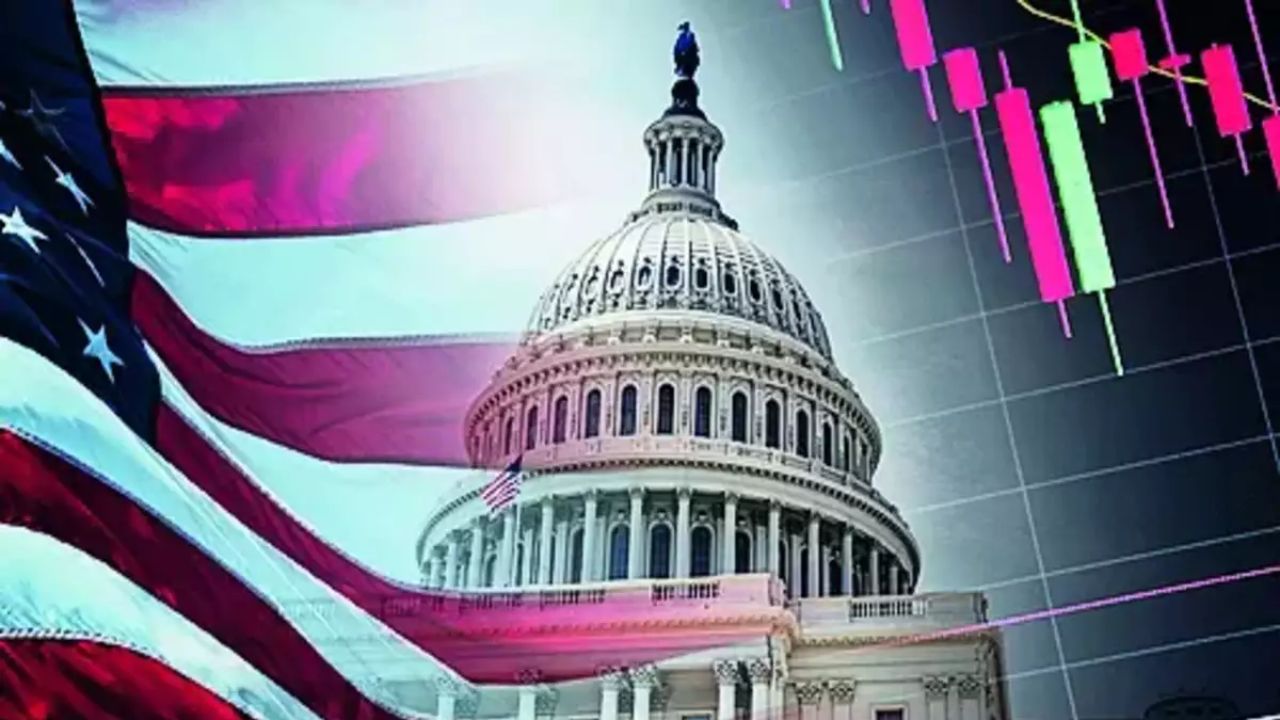US Junk Bond Spreads Expected To Widen Further Amid Recession Fears
The gap between US junk bond prices and Treasury yields achieved its greatest point during the previous six months causing analysts to forecast more extensive expansion because economic conditions continue to deteriorate.
Market participants demonstrate heightened concern regarding economic downturns accompanied by worldwide trade disputes against the United States economy.
The junk bond spreads of Thursday, March 14 reached 340 basis points (bps) in line with the most extensive levels since September 11, 2024 based on ICE BofA High Yield Bond Index data. After March 11 the junk bond spread reached its highest values in six months at 322 bps.
Understanding Junk Bond Spreads
The difference between corporate bond yields and US Treasury yields represents what investors need for accepting risky corporate bonds over risk-free Treasury bonds.
The level of investor risk aversion rises as spreads broaden because market participants assume firms with declining credit scores could default on their debt payments.
Spread rates in the junk bond market experienced a temporary recovery while tightening 22 bps on Friday until reaching 318 bps.
Nevertheless, analysts predict this recovery will not last long, given that economic and political risks continue to impact market confidence.
Concerns Over Economic Policy And Trade War
- The focus of investors lies on Donald Trump’s economic policies while they monitor his recent tariff six implementations that drive market uncertainties higher. The latest trade policies would affect business operations.
- The increased expense of imported products tends to lower earnings potential among US corporations.
- A drop in consumer confidence will occur when people fear higher inflation rates and job instability, which will lead to spending reductions.
- The implementation of higher prices because of tariffs might force the Federal Reserve to modify interest rates.
Hans Mikkelsen from TD Securities’ Credit Strategy division stated that volatile economic policy conditions cause the spread to expand. The most recent trade restrictions have caused consumer confidence to decrease and increased beliefs that inflation will persist at higher levels during the long term.
Market analysts track upcoming economic statistics and Federal Reserve decisions because these elements will fundamentally shape the direction of junk bond spread movements during the following weeks.

